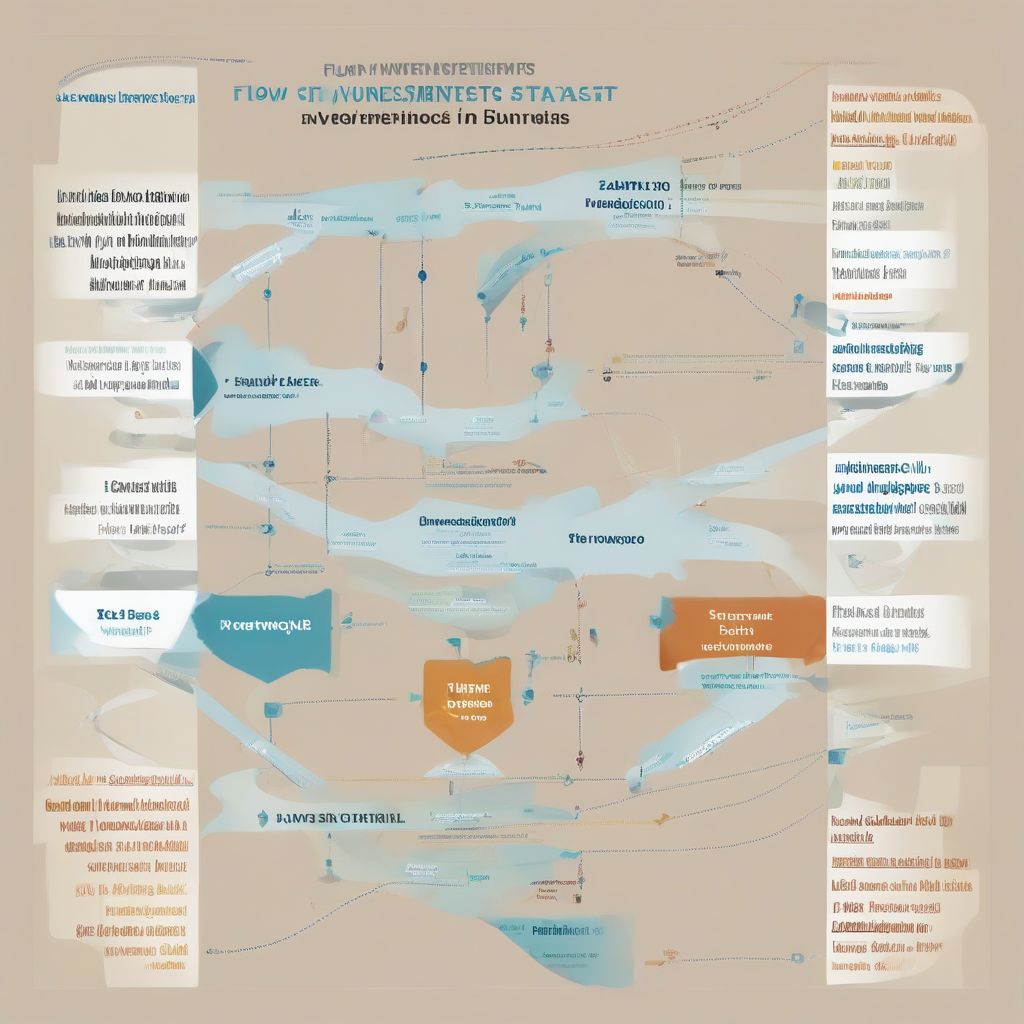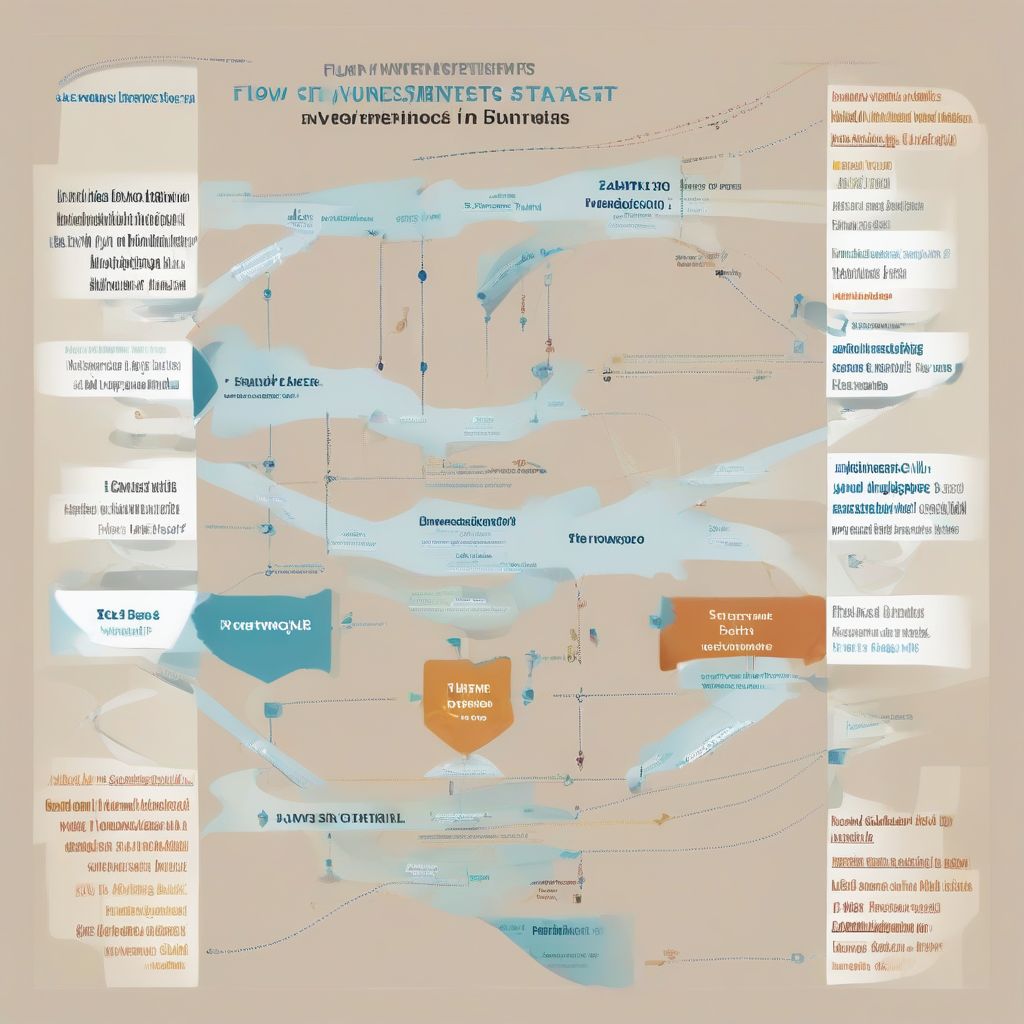In the world of finance, staying ahead of the curve often involves recognizing and capitalizing on emerging opportunities. Venture Capital Investment Funds present a compelling avenue for investors seeking high-growth potential, albeit with inherent risks. This article delves into the intricacies of venture capital investment funds, exploring their mechanics, benefits, risks, and key considerations for potential investors.
What is a Venture Capital Investment Fund?
A venture capital investment fund pools money from high-net-worth individuals, institutions, and corporations to invest in promising startups and early-stage companies with significant growth potential. These funds are typically structured as limited partnerships, with the venture capitalists (VCs) acting as general partners responsible for managing the fund and making investment decisions.
Unlike traditional investments, such as publicly traded stocks or bonds, venture capital investments are characterized by their illiquidity, long investment horizons, and high failure rates. However, the potential rewards can be substantial, as successful startups can generate outsized returns for early investors.
Understanding the Role of Venture Capitalists
Venture capitalists play a pivotal role in the ecosystem of venture capital investment funds. They are seasoned investors with deep industry knowledge, strong networks, and a keen eye for identifying promising startups. Beyond providing capital, VCs often take an active role in mentoring and guiding portfolio companies, leveraging their expertise to help these businesses navigate challenges and accelerate growth.
How Venture Capital Investment Funds Work
Venture capital investment funds typically operate in cycles, raising capital from investors, deploying that capital into promising startups, and eventually exiting those investments through events like an initial public offering (IPO) or acquisition. This cycle can take several years, often spanning 7-10 years or more.
The Investment Process
The investment process for venture capital funds is highly selective and rigorous. It typically involves the following stages:
- Deal Sourcing: VCs actively seek out investment opportunities, attending industry events, networking with entrepreneurs, and reviewing business plans.
- Due Diligence: When a potential investment piques their interest, VCs conduct thorough due diligence, evaluating the startup’s business model, team, market opportunity, and financial projections.
- Investment Decision: If the due diligence process proves favorable, the VC firm will negotiate investment terms with the startup, including valuation, equity stake, and board representation.
- Portfolio Management: Once an investment is made, VCs work closely with portfolio companies, providing guidance, mentorship, and access to their networks.
- Exit Strategy: VCs aim to exit their investments at a profit, typically through an IPO or acquisition, distributing the proceeds to the fund’s investors.
Benefits of Investing in Venture Capital Investment Funds
Despite the inherent risks, venture capital investment funds offer several potential benefits:
- High-Growth Potential: Investing in early-stage companies with disruptive technologies or innovative business models offers the potential for significant returns.
- Portfolio Diversification: Venture capital funds typically invest in a portfolio of companies across different industries and stages, spreading the risk.
- Access to Emerging Industries: Venture capital provides exposure to cutting-edge technologies and innovative business models that are often not yet available in public markets.
- Impact Investing: Some venture capital funds focus on investing in companies that are addressing social or environmental challenges, allowing investors to align their investments with their values.
 venture capital investment chart
venture capital investment chart
Risks Associated with Venture Capital Investment Funds
Venture capital investments are inherently risky and not suitable for all investors. Some key risks include:
- Illiquidity: Venture capital investments are highly illiquid, meaning it can be difficult to sell your investment quickly if you need access to your capital.
- Long Investment Horizon: Venture capital funds typically have long investment horizons, meaning investors may need to wait several years to realize a return on their investment.
- Valuation Risk: Valuing early-stage companies is inherently difficult, and valuations can fluctuate significantly, particularly in the volatile technology sector.
- Failure Rate: A significant percentage of startups fail, and venture capital investors must be prepared to lose their entire investment in some cases.
Considerations for Potential Investors
Before investing in a venture capital investment fund, it’s crucial to consider the following factors:
- Risk Tolerance: Venture capital is a high-risk, high-reward asset class, and investors should carefully assess their risk tolerance before investing.
- Investment Horizon: Venture capital investments require a long-term investment horizon, so investors should ensure they have sufficient liquidity and can tie up their capital for an extended period.
- Fund Manager Track Record: It’s essential to research the venture capital firm’s track record, experience, and investment strategy before investing.
- Fees and Expenses: Venture capital funds typically charge management fees and carried interest, which can impact overall returns.
Conclusion
Venture capital investment funds offer a unique opportunity to participate in the growth of innovative companies and potentially generate substantial returns. However, these investments come with inherent risks, and it’s crucial to understand the intricacies of venture capital investing before allocating capital. For investors seeking high-growth potential and willing to embrace the risks, venture capital can be a compelling addition to a well-diversified portfolio.
We encourage you to further explore our website to gain a comprehensive understanding of the financial markets, explore investment strategies, and make informed financial decisions.
